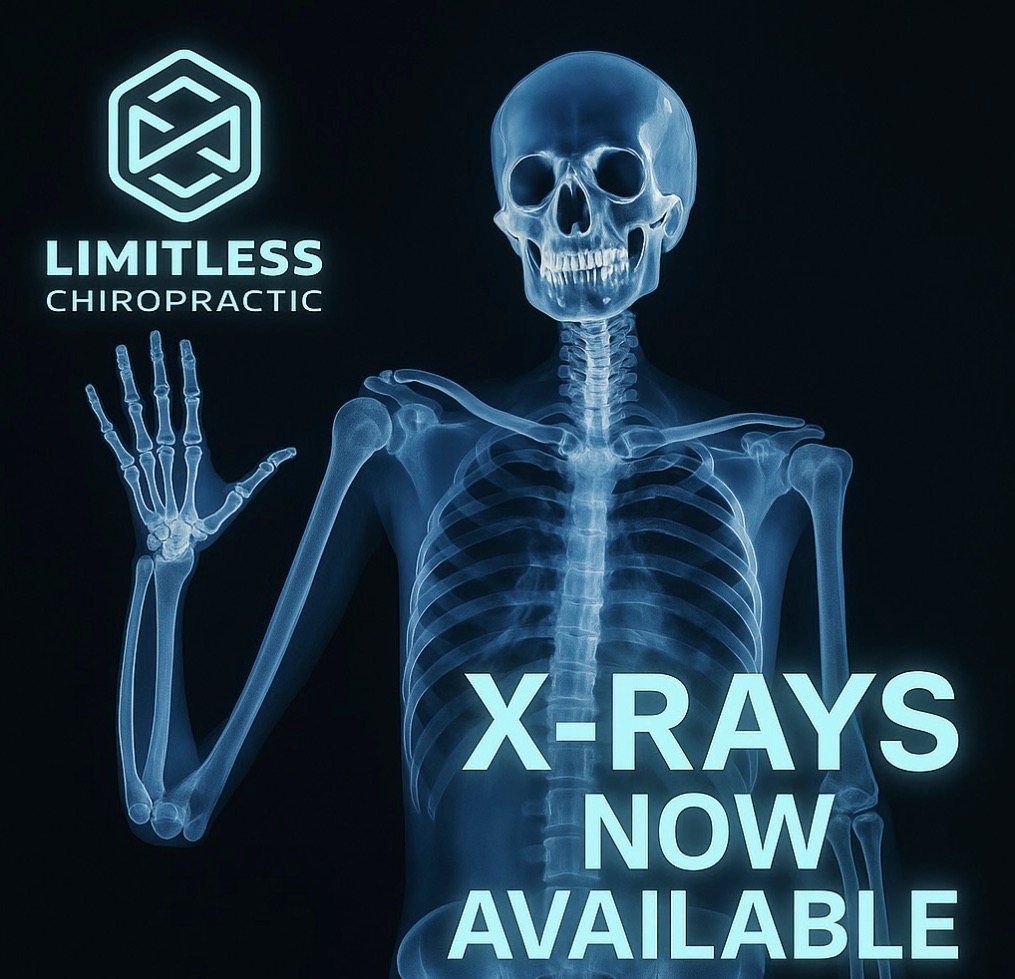
Forward Head Posture and Airway Collapse: Affecting Your Breathing, Sleep, and Brain
For millions of Americans hunched over screens, steering wheels, and smartphones, forward head posture isn't just causing neck pain: it's physically restricting airway space, limiting oxygen flow, and compromising brain function.












































